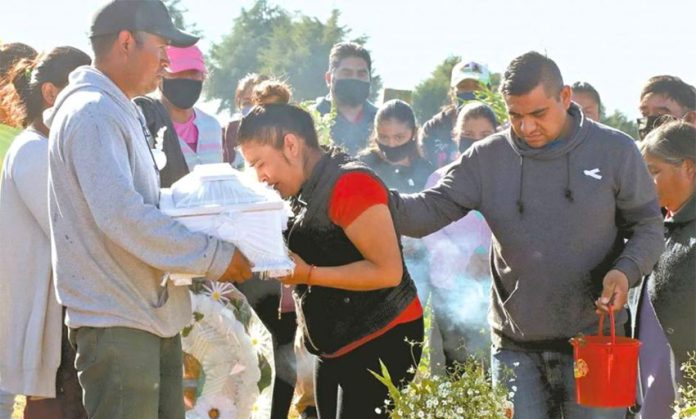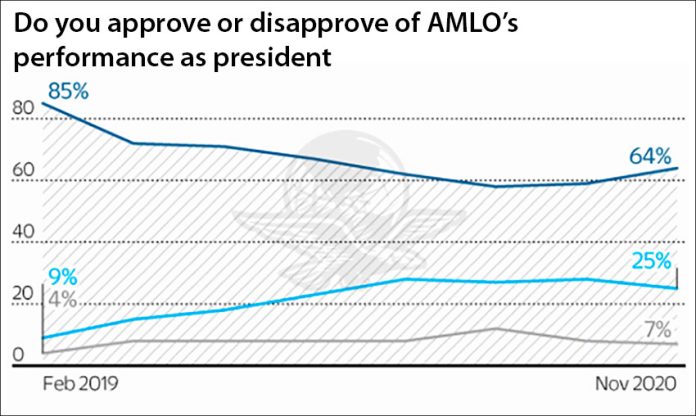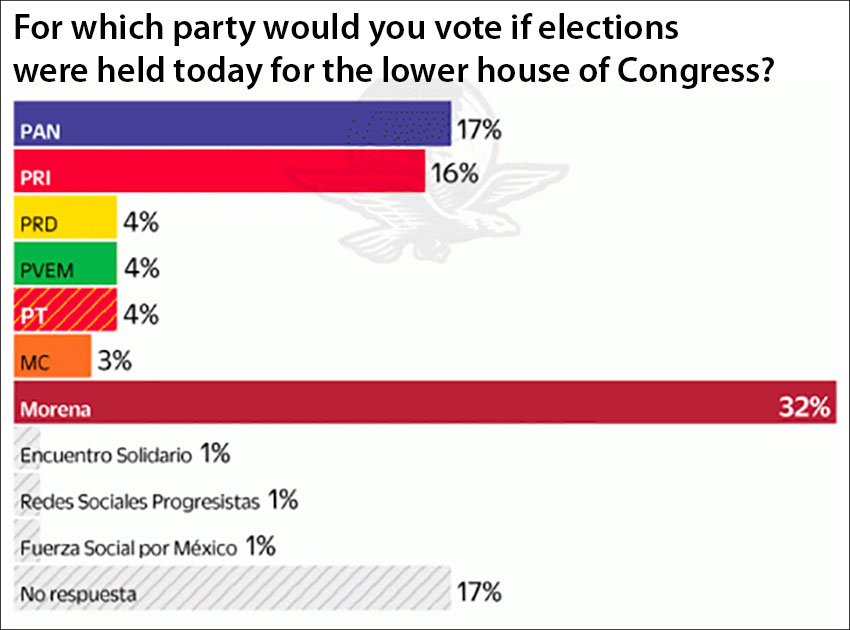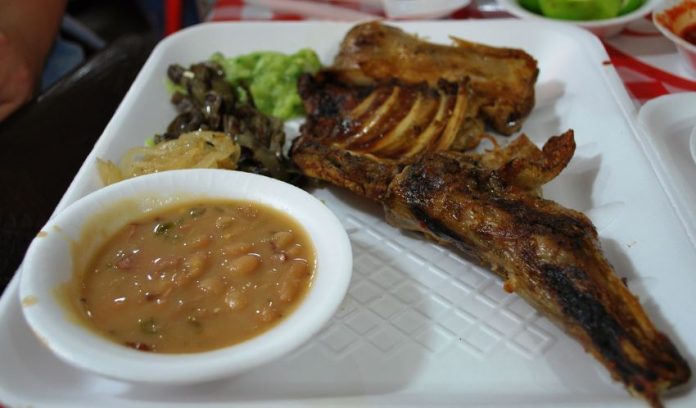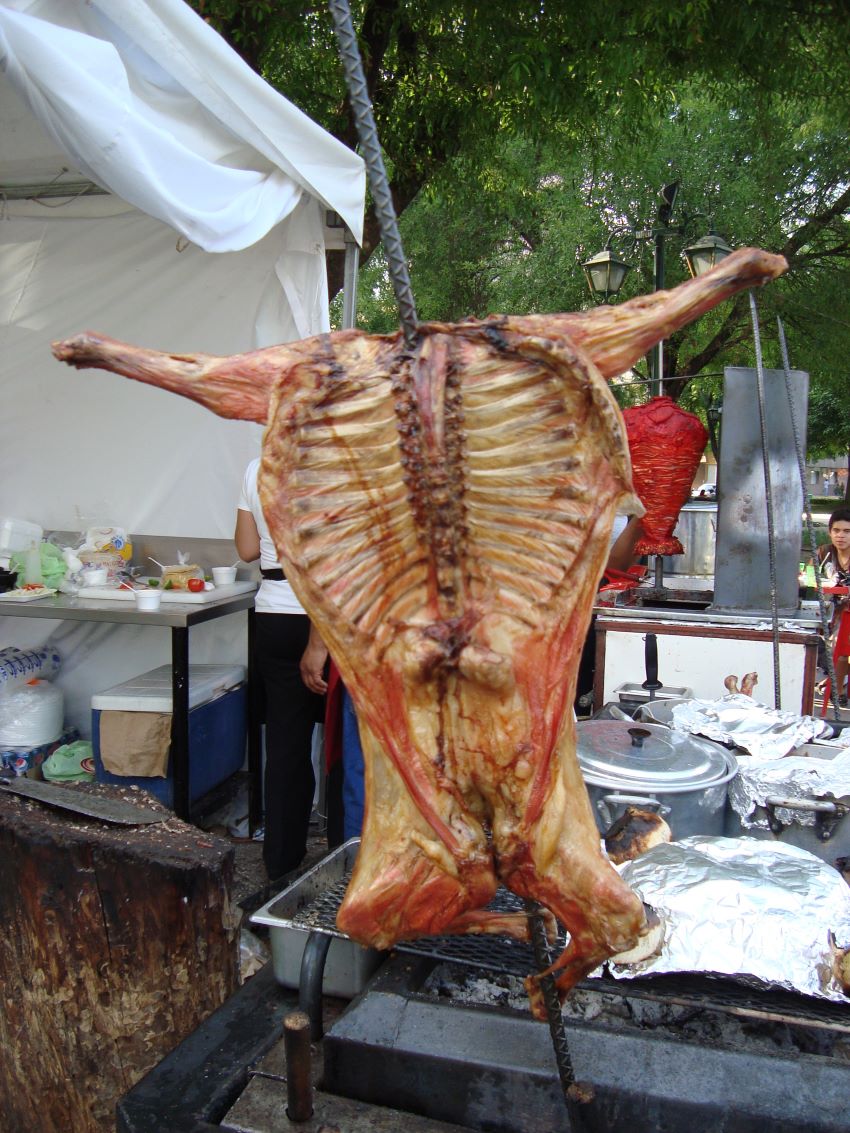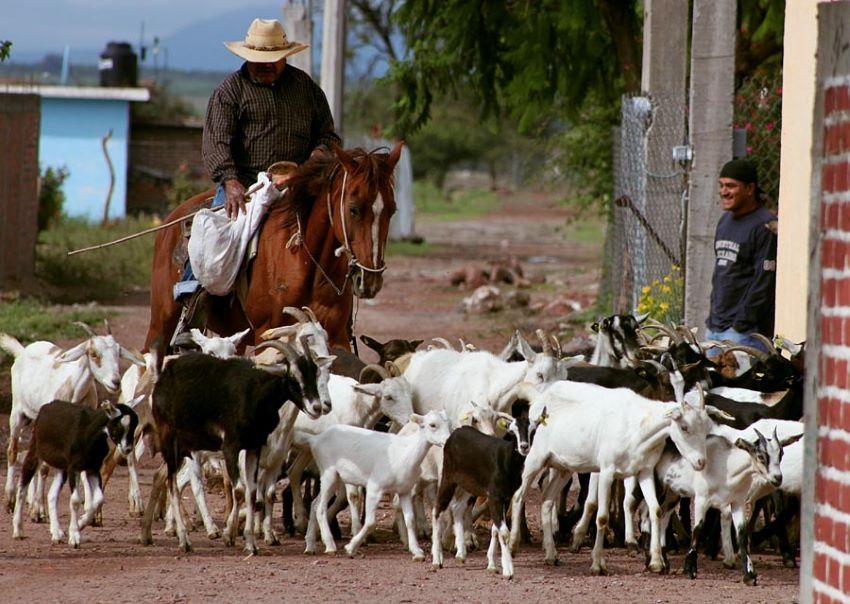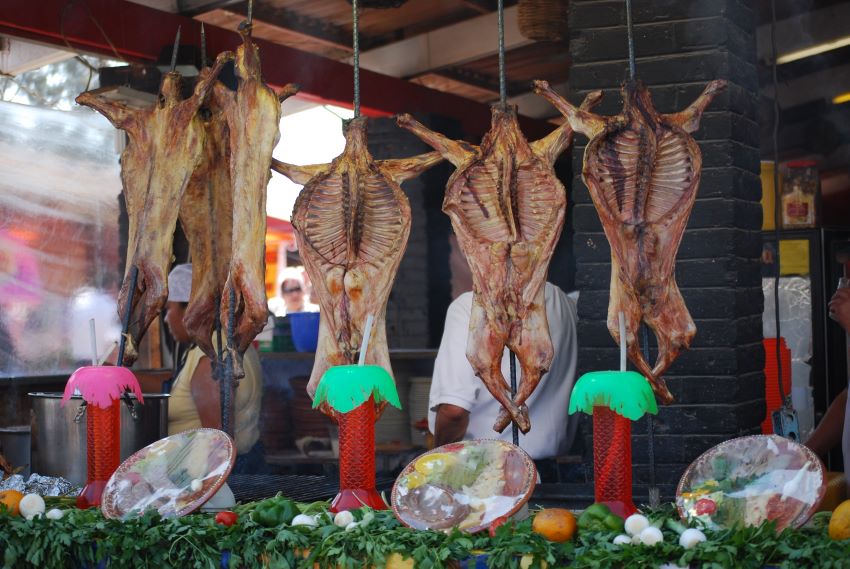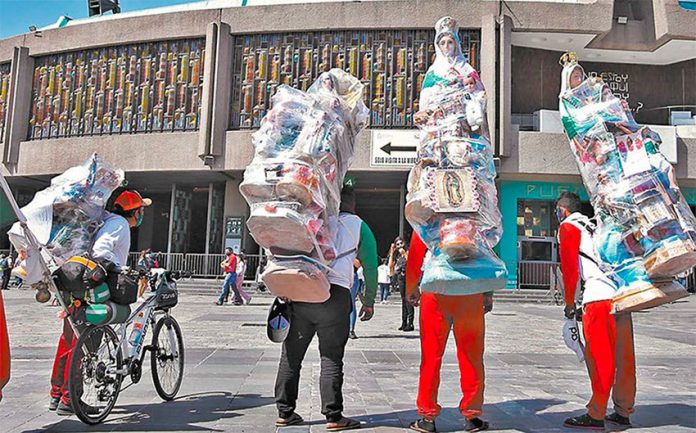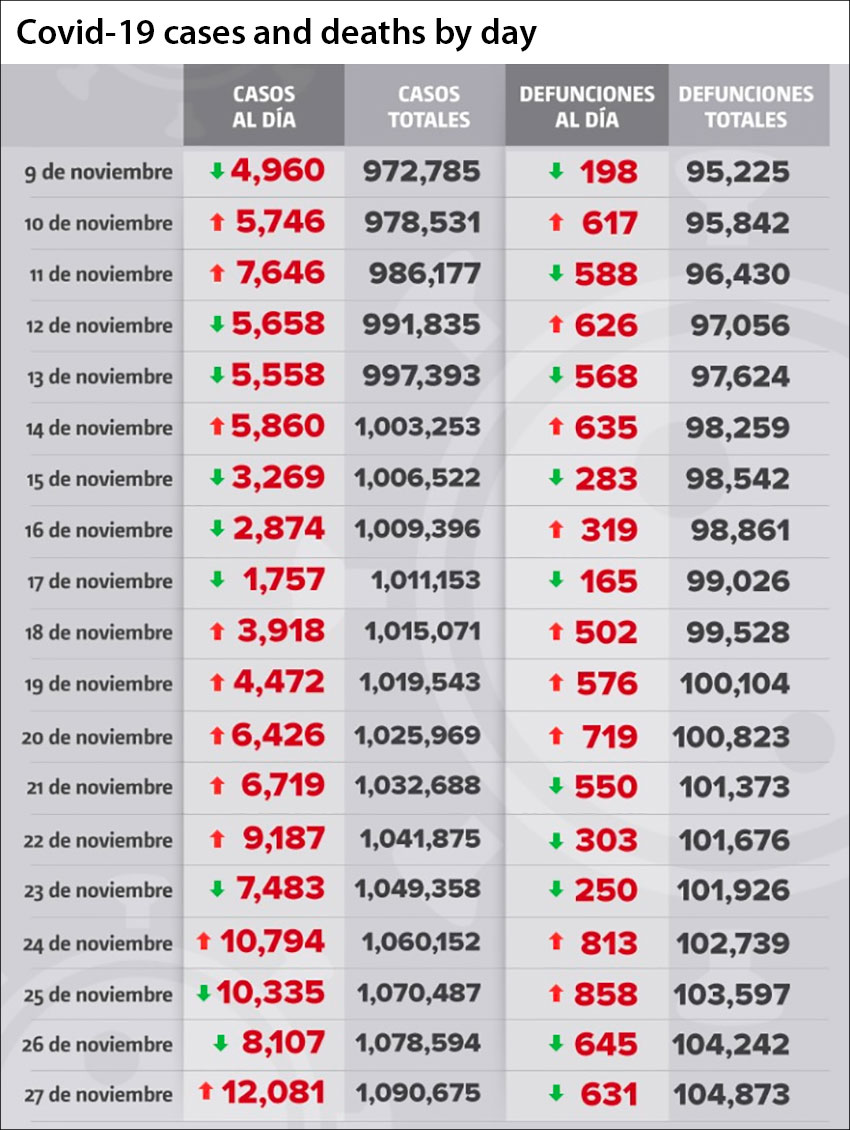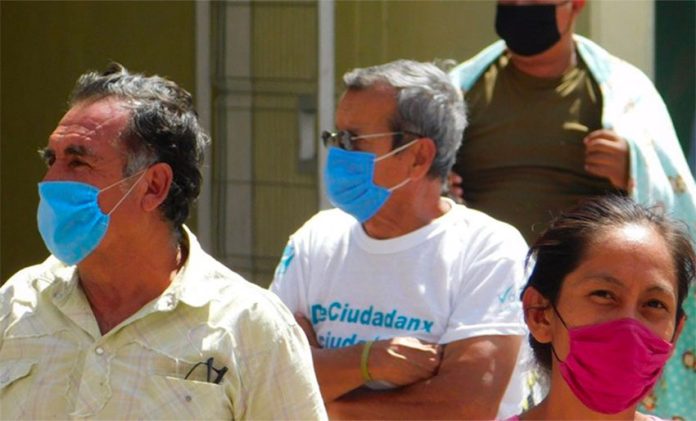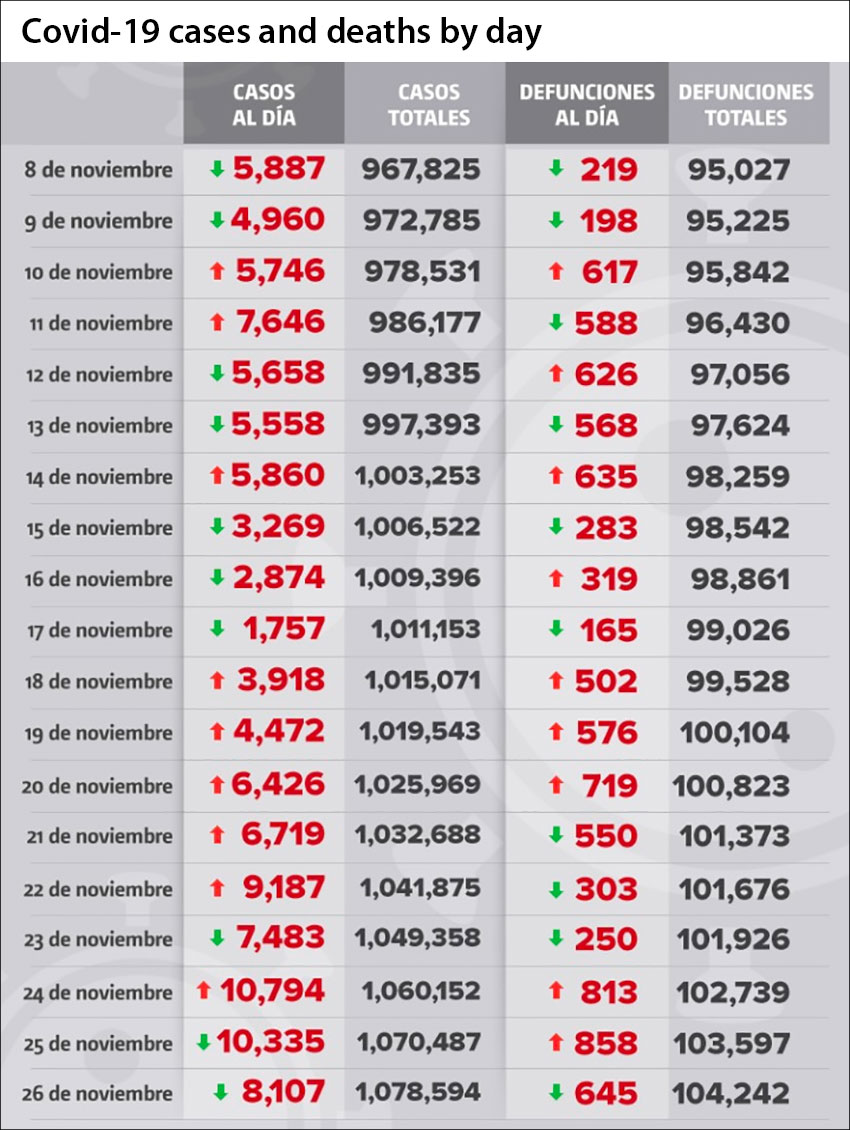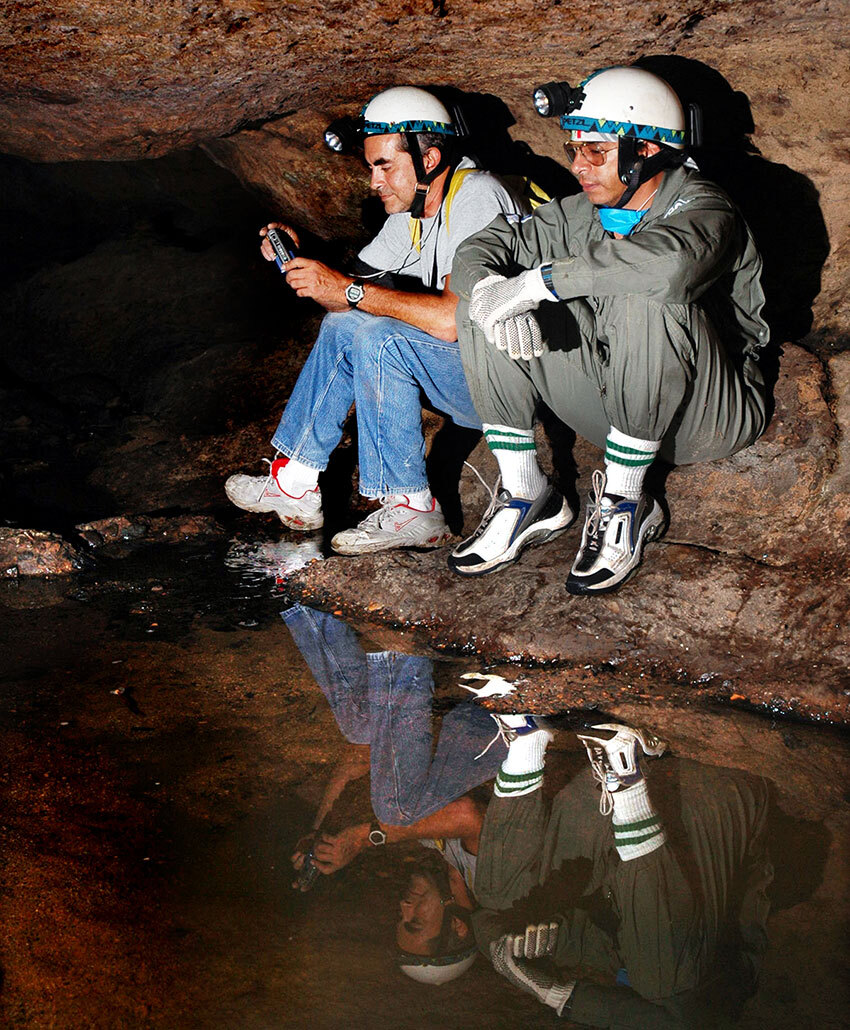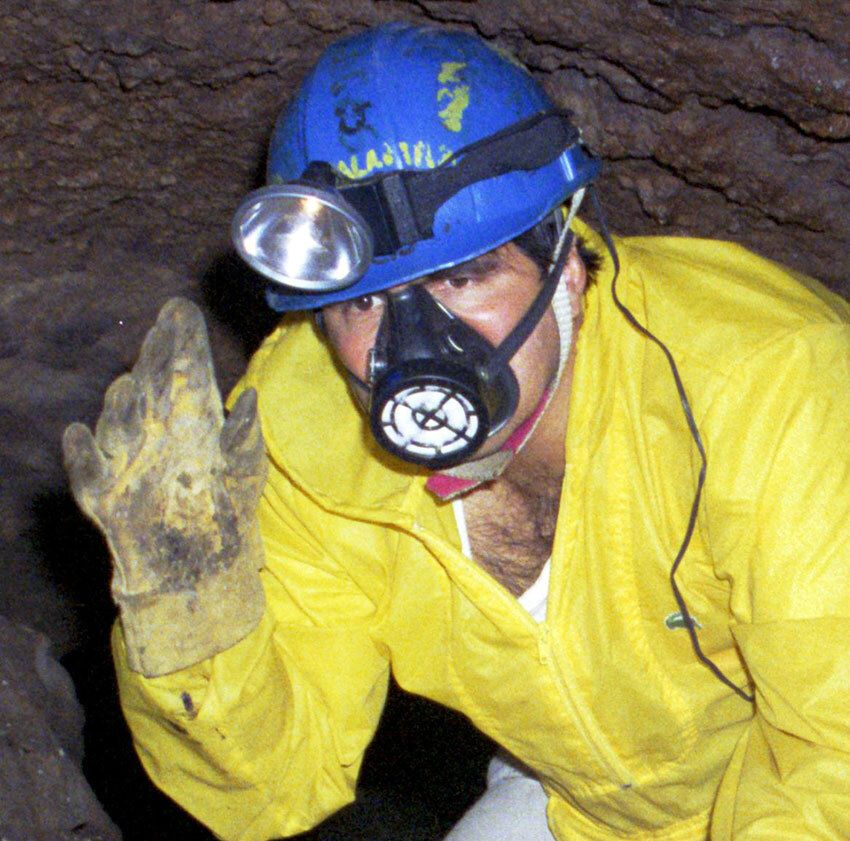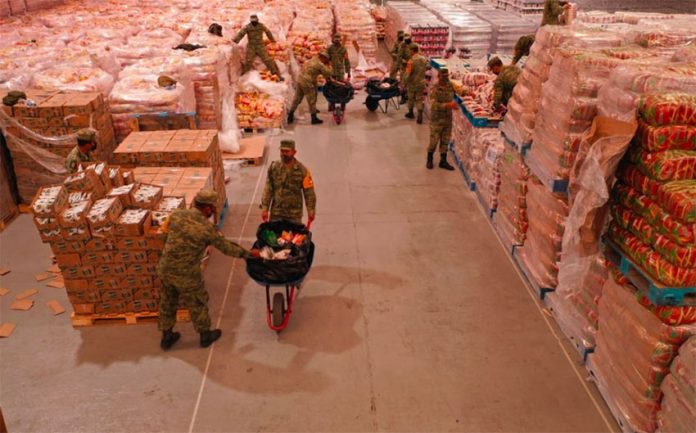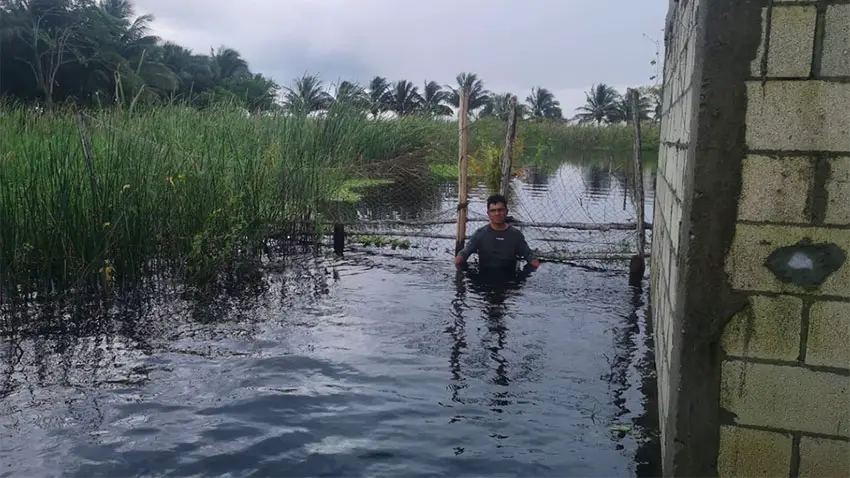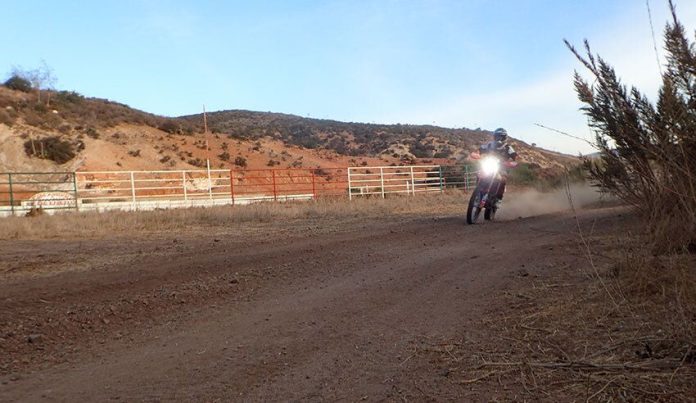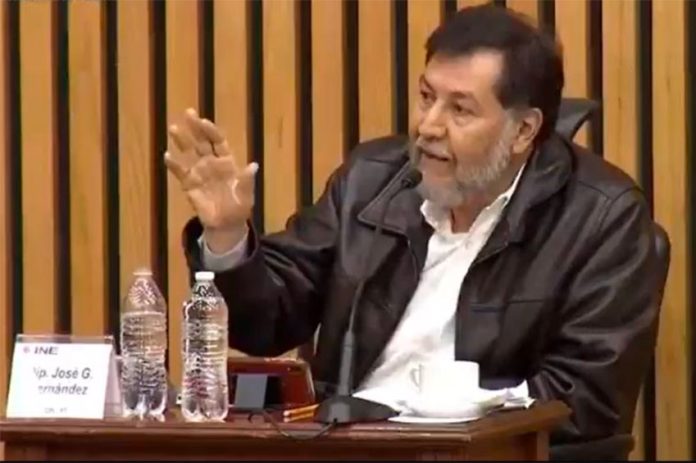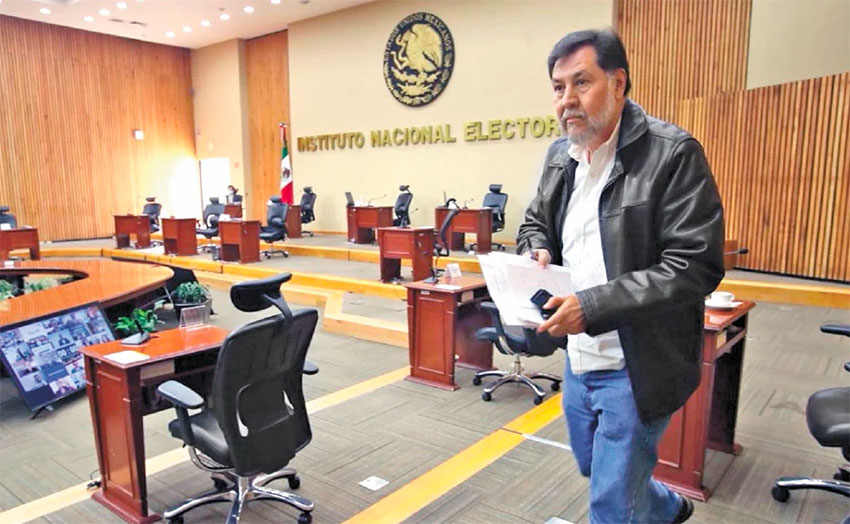A new report published by an organization whose goal is advancing human rights in business has catalogued how companies across Mexico have accelerated human rights violations across their workforces, under the cloak of, and justification of, the Covid-19 pandemic.
The new and damning benchmark report by the Business and Human Rights Resource Centre analyzed 229 public allegations across four key business sectors and found that corporate negligence was deliberately ignoring workers’ rights and putting theirs and their families’ lives at risk.
During the period covered by the report, 417 complaints were registered by Mexico’s National Council to Prevent Discrimination (Conapred). Of these complaints, 40% were against private entities and public companies, and 76% were related to illegal or unfair labour practices.
Despite government implementation of social distancing measures aimed at reducing the spread of the virus, many companies continued to operate throughout the early months of the pandemic without sufficient health measures in place to protect their workers.
The report, investigating the behaviour of such companies towards their workers, identified a number of key human rights abuses, including exposure to high risk situations, arbitrary and mass dismissals, and even one company which vanished into the void with no explanation, leaving its workers without wages or compensation.
Sectors with the strongest links to international business were found to be the worst for abuse of workers’ rights. For example, 65% of all health-related allegations came from the maquiladora industry, where imported goods are assembled by low paid workers to be exported to the country of origin.
A huge employer of workers, both in and out of Mexico, the maquiladora industry generates around 3 million jobs directly, and more than 7 million indirectly across the globe. In light of the fact that maquiladora companies refused to suspend their operations, or to implement sufficient health measures, it seems grievously predestined that the number of deaths across the sector has been exceedingly high, and that the number of Covid-19 infections continues to increase in the sector.
This was particularly the case in states on the border with the U.S., where overcrowded work spaces, low wages, flexible labour and low prices engender overwhelmingly unsafe working conditions: of more than 100 cases of abuse reported in the maquiladora industry, the majority were located in the border states of Baja California, Chihuahua, Coahuila and Tamaulipas, as well as in Mexico City.
While the issue here is with the conduct of businesses in Mexico, there is a dire need for accountability from international companies also buying products produced in Mexico, whose low purchase prices exacerbate already notoriously low wages in conditions where preventative safety measures are lax, to say the least. Thus, families already living on the breadline are forced to accept wage reductions and work in unsafe conditions, or risk losing their jobs.
In Aguascalientes, employees from FrontRunner Technologies maquiladora reported that they had stopped receiving wages for more than a month; workers were informed on March 23 that they would have their wages suspended for one month, and at the end of the month, they were informed that they would not be receiving their payment because of economic insolvency.
They were not, however, given any indication that the plant would be closing, which it subsequently did. In the meantime, staff payroll accounts were deactivated, and the company disappeared, denying any responsibility for the wellbeing of its employees.
One FrontRunner employee who wished to remain anonymous speaks of how they arrived at the plant to find it deserted: “The place was vacant, it was empty, it didn’t say it was FrontRunner anymore. We tried to contact the manager and he told us that he doesn’t have any instructions from the Florida directors, that they just hadn’t sent the deposit and that’s why they couldn’t pay us.”
All this is not to say that there was no positive action taken by Mexican businesses; a number of companies donated food and medical supplies in response to Covid, and repurposed supply chains and facilities to aid distressed communities. However, these actions often lie within a model of corporate social responsibility which, though broadly aimed at contributing to the well-being of communities, is largely oriented towards business results and enhancing reputation.
The report outlines a number of recommendations, which can be summarized as relating to the implementation of human rights due diligence across businesses, and the restoration of jobs and rights to workers where they were removed over the course of the pandemic.
Companies across Mexico, the report continues, need to systematically implement and review protective policies against contagion which take into account worker diversity, including age, ethnicity and gender. Only by doing this can they hope to remedy the fundamental lack of protection of workers’ rights exacerbated over the course of the pandemic and encourage compliance with obligations defined under the UN Guiding Principles.
The report is no surprise to industry observers, who comment that while these inherent flaws have been exacerbated by the Covid-19 pandemic, they are hardly new glitches in the system, but instead are systemic problems which have beset workers in Mexico for generations due to lax governmental oversight and poor working practices.
One worker in Mexico, it seems, is always easily replaced with another.
Shannon Collins is environment correspondent at Ninth Wave Global, an environmental organization and think tank.

